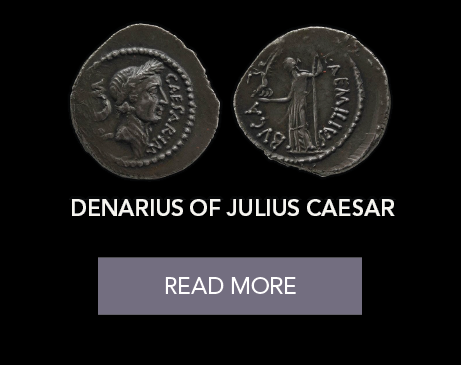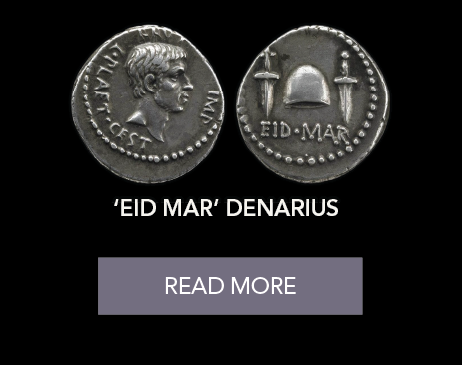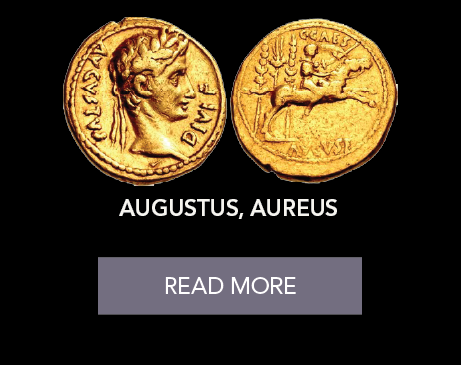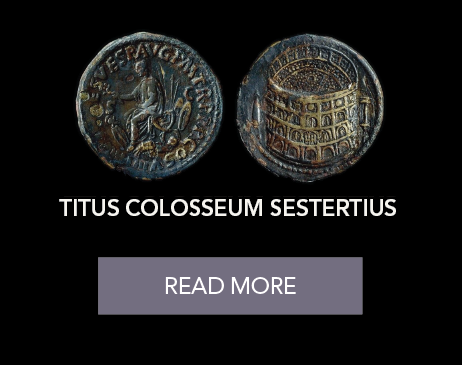
Coins were invented more than 2,500 years ago to replace early forms of currency such as cowrie shells, beeswax, beads, and many more. It was believed that the invention of coins was due to the trading networks that required an easier and lighter mode of exchange than what the previous barter system could offer. The history of coinage began with the introduction of coins by the ancient Greek world around 700 BCE on the island of Aegina, or according to some historians, in 650 BCE in Lydia. Greek coinage influenced the designs and minting techniques used in Roman coinage. The Celts, the Carthaginians, and the Aksumites, among other ancient civilisations also developed their own coinages.

1) ANCIENT GREEK COINS
All ancient Greek coins were made by hand. Among the materials used to produce them were electrum, gold, silver, bronze, and copper. Their designs, on one side, usually featured portraits of a city-state's patron god or goddess or a legendary hero. On the other side, the designs often featured a city-state’s animal symbol, such as the tortoise for Aegina, and the owl for Athens. The inscriptions would usually include the name of the issuing city-state.
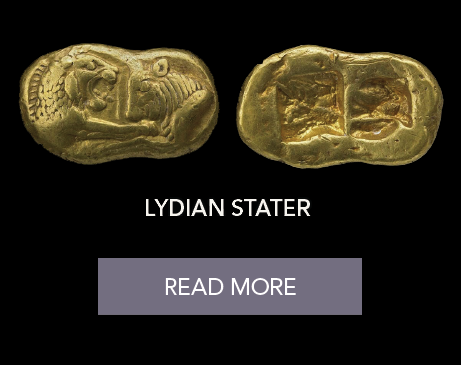
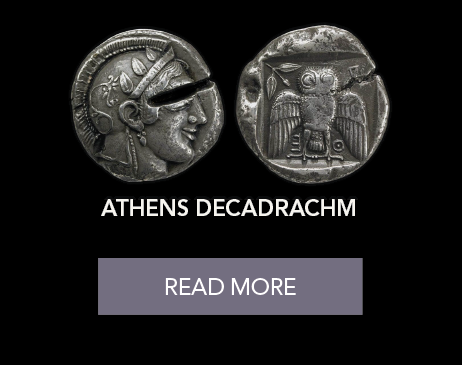
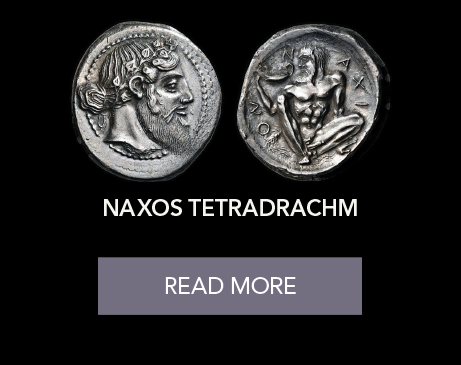
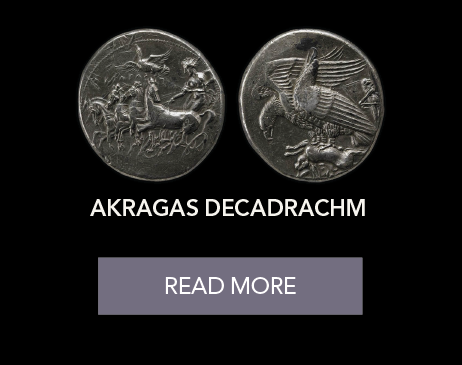

2) ANCIENT ROMAN COINS
The Roman Republic started introducing coins for circulation around 300 BCE, which was later than the Greek Empire. Some scholars say that the Romans began doing so due to cultural considerations during a time when they were becoming increasingly influenced by the Greek.
The most common materials used to produce Roman coins were gold, copper, silver, and brass. The obverse side of the coins usually featured the face of whom the coin is dedicated to. While the reverse side usually featured a symbol that represents a message such as freedom, suffering or independence.
